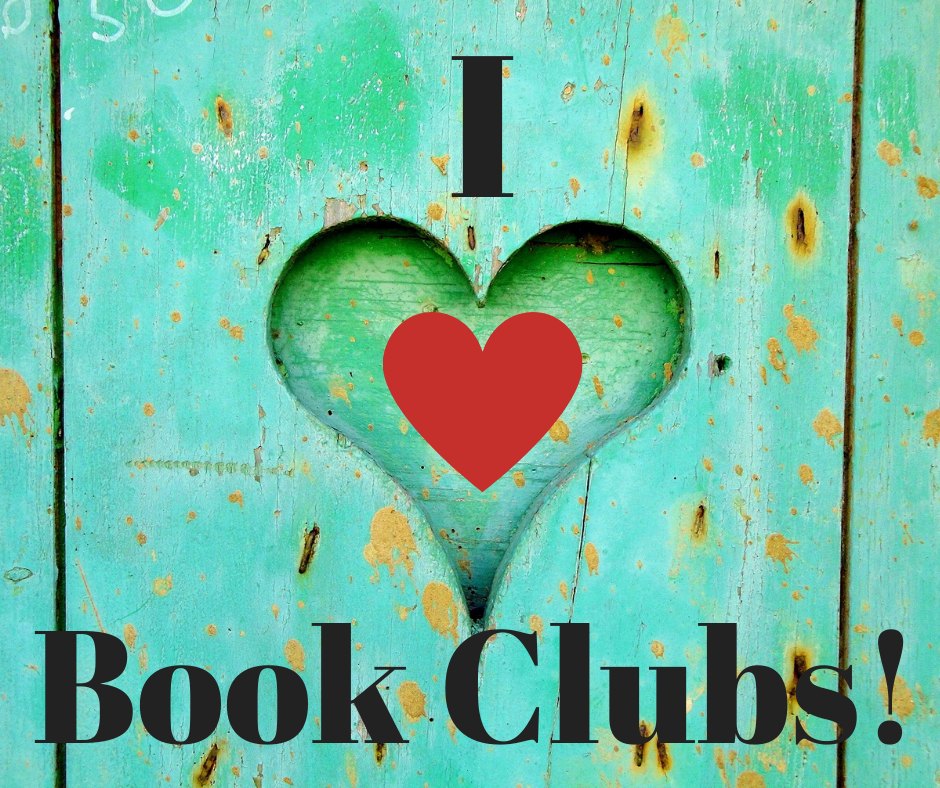How Do You Avoid Being Overwhelmed by Social Media?
/Keeping up with all of your social media sites can be a lot of work, and it can often feel overwhelming. As a writer, your goal is to be active on your key sites and still write your next book. Both are important components of your writing life. Here are some ideas that can help you manage your social media and promotion time.
Create a social media schedule. I still have a day gig, so what works for me is to check my main sites in the morning, at lunch, and in the evenings. I respond to messages and comments.
The “social” part is key. You need to interact with those who comment on your posts. It’s also important to comment and share others’ posts.
Know which sites your readers are on and focus your efforts there.
Make sure that you post regularly. I schedule a lot of my daily posts on my main sites. This lets me plan my posts to match my goals and strategies. I still do ad hoc posts on random things that I want to share. It also allows me to have posts throughout the day, even if I’m busy doing something else.
Remember that every post is not going to sell a book. Balance the content of your posts, so that twenty percent or fewer of your items are “buy my books.” It’s important for readers to see what you’re doing and your interests. Everything shouldn’t be a sales post.
Social media followers are interested in entertainment and good content. Avoid being too wordy. Include graphics or videos to draw attention to your post.
Be careful not to let your social media time take over your writing time.
Create a business account on these platforms where you can. They offer more flexibility, features, and metrics than a personal account does. They also allow you to schedule your posts.
Review your accounts’ metrics or analytics from time to time to see what posts are working. Many of the business tools offer hints for the best times to post for your readers. This can also help you to see how your audience is growing.














